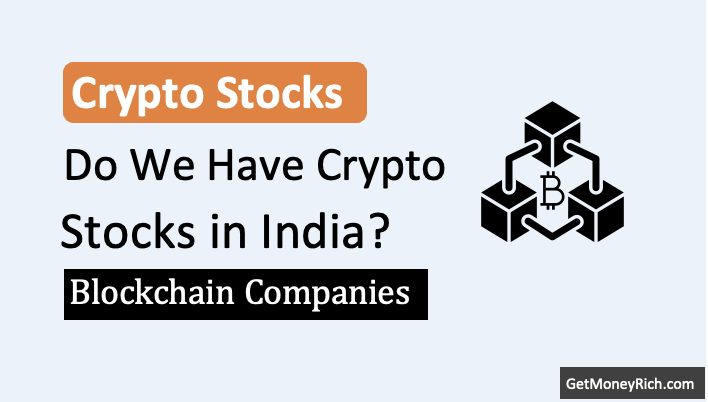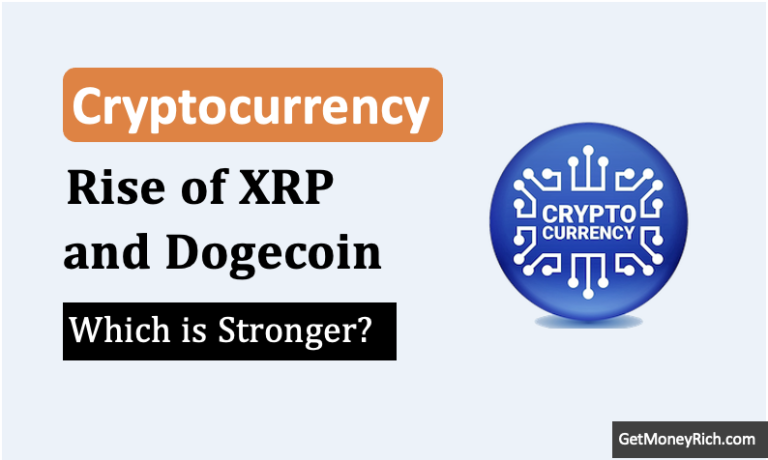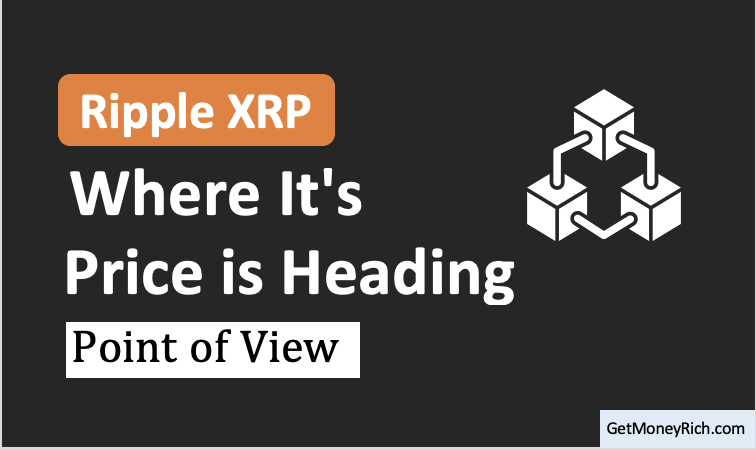Blockchain is a word we often hear, but it sounds like something complex and technical, right? Don’t worry! In this blog post, we’re going to simplify blockchain to the point where anyone, even a kid, can understand it. I’ll try my best to make this blog post practical so that you will get a practical feel about how blockchain technology works.
Think of blockchain as a digital ledger, like a notebook, where we record transactions or information.
But there’s a twist! This notebook is shared among many people. Once a transaction is written, it can’t be changed. This makes blockchain secure, trustworthy, and almost impossible to tamper with.
Now, you might wonder, why should I care about blockchain?
The truth is, blockchain powers some of the most exciting technologies today, like Bitcoin and other cryptocurrencies.
Blockchain technology is used in industries like healthcare, supply chain, and even voting systems.
Understanding blockchain can help one see why it’s such a big deal and how it’s shaping the future.
I’ve an idea: you don’t need a supercomputer or coding skills to understand how blockchain works.
In this tutorial, we’ll use something simple and familiar like Google Sheets, to understand basic of blockchain. Step by step, we’ll create a small example that will help you understand its core concepts.
By the end of this blog post, you’ll not only know what blockchain is but also how it works in practice.
Topics:
1. What is Blockchain
Blockchain is a digital ledger, like an online record book, that stores information in a secure and unchangeable way.
Think of it as a chain made of blocks, where each block contains data (such as transactions), a unique identifier (called a hash), and a reference to the previous block.
This chain grows over time, and because every block is connected, it becomes incredibly hard to alter or manipulate the data.
Another example: Imagine you’re playing a game with friends. Each person takes turns writing a number on a piece of paper. Each new number is related to the one written before it. Like, adding 5 to the previous number. If someone tries to go back and change an earlier number, all the following numbers won’t add up correctly anymore, and everyone will immediately notice.
Blockchain works similarly but uses computers to handle the records and signatures.
1.1 Real-Life Examples of Blockchain Usage
Blockchain is already transforming industries by making processes more secure, transparent, and efficient.
Here are a few real-world examples:
- Cryptocurrency: The most well-known application is Bitcoin. Blockchain ensures that every Bitcoin transaction is recorded in a decentralized ledger, preventing fraud or double-spending.
- Supply Chain Management: Companies like Walmart use blockchain to track the journey of products from the farm to the store. It ensures food safety by allowing quick tracing of contaminated items.
- Voting Systems: Blockchain can make elections more secure and transparent by creating tamper-proof digital ballots.
- Healthcare: Patient records stored on a blockchain are secure, accessible only to authorized individuals, and free from tampering.
- Real Estate: Blockchain helps verify property ownership and simplifies buying or selling by reducing paperwork and fraud.
2. Understanding Blockchain
Imagine a small neighborhood where everyone decides to maintain a shared record of financial transactions using a digital ledger.
In the past, one person, Ram, kept the record in his notebook, but this created problems, Ram could make mistakes, alter entries for personal gain, or lose the data entirely.
To solve this, the neighborhood adopts blockchain technology.
Now, instead of Ram maintaining the manual ledger, a digital ledger (like a Google Sheet) will be used to enter the transactions. This digital ledger can be viewed and reviewed by all members of the neighborhood.
Whenever a transaction happens, like Ram giving Rs.500 to Ravi, it is added to everyone’s ledger simultaneously. But this entry is allowed only after the group gathers in a meeting (say online) and verifies and approves it as valid.
Each row of the ledger (google sheet or an excel sheet) is locked with a unique code (hash) that links it to the previous row.
This makes it it impossible to tamper with past records without alerting the entire group.
This system ensures that all transactions are transparent, secure, and permanent.
- Using digital wallets like PayTM or Google Pay, only the bank keeps a record of transactions.
- In contrast, blockchain ensures that everyone in the network has their own updated, tamper-proof copy of the record.
- This eliminates the need for middlemen, such as banks, and builds trust through a system of shared accountability.
2.1 Example #1: A Google Sheet using Blockchain Technology
Here’s how a blockchain-like Google Sheet table might look for the neighboruhood ledger. Each row represents a transaction, with details such as who sent the money, who received it, the amount, and a unique hash code (like a digital signature). Each hash links to the previous row, ensuring the ledger’s integrity.
| Transaction ID | Sender | Receiver | Amount (₹) | Previous Hash | Current Hash |
|---|---|---|---|---|---|
| 1 | – | Ram | 500 | 0 | a1b2c3 |
| 2 | Ram | Ravi | 200 | a1b2c3 | d4e5f6 |
| 3 | Ravi | Sita | 150 | d4e5f6 | g7h8i9 |
| 4 | Sita | Mohan | 100 | g7h8i9 | j1k2l3 |
| 5 | Mohan | Geeta | 300 | j1k2l3 | m4n5o6 |
| 6 | Geeta | Ajay | 250 | m4n5o6 | p7q8r9 |
| 7 | Ajay | Ram | 400 | p7q8r9 | s1t2u3 |
| 8 | Ram | Sita | 350 | s1t2u3 | v4w5x6 |
| 9 | Sita | Ravi | 200 | v4w5x6 | y7z8a9 |
| 10 | Ravi | Mohan | 150 | y7z8a9 | b1c2d3 |
| 11 | Mohan | Geeta | 300 | b1c2d3 | e4f5g6 |
| 12 | Geeta | Ajay | 250 | e4f5g6 | h7i8j9 |
| 13 | Ajay | Ram | 400 | h7i8j9 | k1l2m3 |
| 14 | Ram | Mohan | 500 | k1l2m3 | n4o5p6 |
| 15 | Mohan | Sita | 350 | n4o5p6 | q7r8s9 |
Key Features in the Table:
- Transaction ID: A unique identifier for each transaction.
- Sender and Receiver: Shows who is involved in the transaction.
- Amount: The money transferred in each transaction.
- Previous Hash: This column stores the hash of the previous transaction, ensuring the chain’s continuity.
- Current Hash: A unique code for each transaction, generated based on transaction details and the previous hash. Changing any detail invalidates the chain.
This table mimics a blockchain by creating a connected “chain” of transactions, making tampering evident and ensuring trust.
2.2 Example #2: Using Actual Blockchain Technology
Now imagine that this neighbourhood is an area where very wealthy people live. They can afford to use the real blockchain technology (not google sheets) to record their transactions.
The residents decide to implement real blockchain technology to securely and transparently record their transactions.
Here’s how the project can be executed:
2.2.1 Setting Up the Blockchain System
First, the residents will need to hire a team of blockchain developers to create a private blockchain network specifically for their community.
This network will operate on decentralized servers, meaning no single person or organization controls it.
Instead, every participant in the network will have access to a copy of the transaction ledger.
Each transaction will be validated and recorded in blocks. These blocks which are connected to each other like links in a chain.
This ensures that no one can alter past transactions without the entire community noticing. This will provide an unprecedented level of security and trust.
2.2.2 Tools and Resources Needed
To build and run the blockchain, the following resources will be required:
- Blockchain Software: Developers can use platforms like Ethereum, Hyperledger, or Corda to create a customized blockchain network.
- Nodes (Servers): Powerful computers will act as nodes. Each node stores a copy of the blockchain and participates in validating transactions.
- Digital Wallets: Every resident will have their own digital wallet for making and receiving payments.
- Smart Contracts: Automated agreements can be set up to manage recurring payments, such as maintenance fees or shared utility costs.
2.2.3 How the Blockchain Works in the Neighbourhood
- Recording Transactions: Suppose Ram transfers Rs.10,000 to Ravi. Ram uses his digital wallet to initiate the transaction, and the blockchain records it in a new block.
- Verification Process: Before the transaction is added to the blockchain, all participating nodes (powerful computers) verify it using consensus mechanisms. This ensures that the transaction is legitimate.
- Adding to the Chain: Once verified, the transaction is added to the blockchain as a new block. This block is linked to the previous one, creating an unbreakable chain of records.
- Transparency and Security: Every resident can view the transactions (with sensitive details hidden if needed), ensuring complete transparency. The decentralized nature of the blockchain ensures no single entity can alter or delete records.
2.2.4 Benefits for the Neighbourhood
Blockchain technology will offer several key benefits to the neighborhood.
Its high level of security, powered by advanced cryptographic algorithms. This algorithm will make it nearly impossible for hackers to tamper with the data. This ensures the residents’ financial information remains safe and trustworthy.
Additionally, the blockchain eliminates the need for middlemen such as banks or third parties. By cutting out intermediaries, it not only reduces costs but also minimizes delays in processing transactions.
Transparency is another significant advantage. Every transaction recorded on the blockchain is visible to the entire community. It will fosters trust and accountability among the residents.
The system also streamlines routine financial operations through smart contracts. These automated agreements handle tasks like paying staff salaries or utility bills, removing the need for manual intervention and ensuring timely payments.
Blockchain provides permanent and tamper-proof records of all transactions.
This creates a detailed and auditable history of financial activity. It offers clarity and reliability for future references.
Conclusion
Blockchain technology, despite its complexity, offers groundbreaking solutions to everyday challenges.
By creating a secure, transparent, and tamper-proof system, blockchain has the potential to transform industries ranging from finance to healthcare, real estate, and beyond.
The examples provided, such as the Google Sheets analogy and the hypothetical wealthy neighborhood scenario, simplify the core concepts. It shows how blockchain can be implemented in both small-scale and advanced applications.
Understanding blockchain can empower people like us and businesses to embrace this innovative technology and adapt to its growing presence in the modern world.
As blockchain continues to evolve, its ability to enhance trust, reduce costs, and streamline processes will likely make it a cornerstone of our digital future.
Whether through cryptocurrencies, smart contracts, or secure records, blockchain holds the promise of reshaping how we interact, transact, and build trust in a decentralized world.
If you found this article useful, please share it with fellow investors or leave your thoughts in the comments below!
Have a happy investing.






